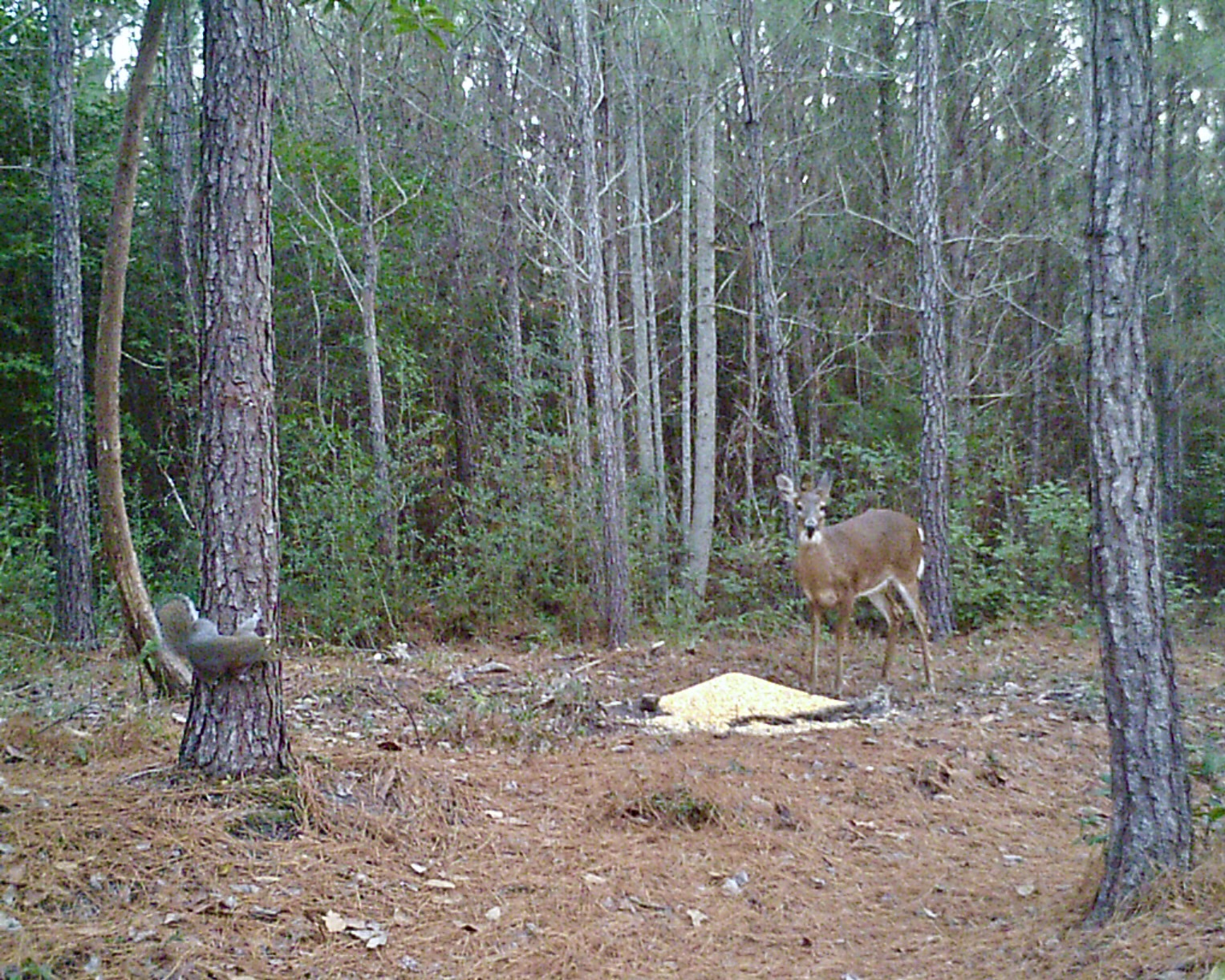Tax Deferment Through Wildlife Conservation Land Program
go.ncsu.edu/readext?1027414
en Español / em Português
El inglés es el idioma de control de esta página. En la medida en que haya algún conflicto entre la traducción al inglés y la traducción, el inglés prevalece.
Al hacer clic en el enlace de traducción se activa un servicio de traducción gratuito para convertir la página al español. Al igual que con cualquier traducción por Internet, la conversión no es sensible al contexto y puede que no traduzca el texto en su significado original. NC State Extension no garantiza la exactitud del texto traducido. Por favor, tenga en cuenta que algunas aplicaciones y/o servicios pueden no funcionar como se espera cuando se traducen.
Português
Inglês é o idioma de controle desta página. Na medida que haja algum conflito entre o texto original em Inglês e a tradução, o Inglês prevalece.
Ao clicar no link de tradução, um serviço gratuito de tradução será ativado para converter a página para o Português. Como em qualquer tradução pela internet, a conversão não é sensivel ao contexto e pode não ocorrer a tradução para o significado orginal. O serviço de Extensão da Carolina do Norte (NC State Extension) não garante a exatidão do texto traduzido. Por favor, observe que algumas funções ou serviços podem não funcionar como esperado após a tradução.
English
English is the controlling language of this page. To the extent there is any conflict between the English text and the translation, English controls.
Clicking on the translation link activates a free translation service to convert the page to Spanish. As with any Internet translation, the conversion is not context-sensitive and may not translate the text to its original meaning. NC State Extension does not guarantee the accuracy of the translated text. Please note that some applications and/or services may not function as expected when translated.
Collapse ▲ The Wildlife Conservation Land Program offers deferred taxes for landowners that manage property for protected wildlife species, priority wildlife habitat, or Wildlife Reserve Lands. The land must be at least 20 contiguous acres and have been owned for at least 5 years. Homesites, developed areas, lawns and farm acreage are not eligible. If interested, the first step is to determine whether you lands meet one of the criteria below.
The Wildlife Conservation Land Program offers deferred taxes for landowners that manage property for protected wildlife species, priority wildlife habitat, or Wildlife Reserve Lands. The land must be at least 20 contiguous acres and have been owned for at least 5 years. Homesites, developed areas, lawns and farm acreage are not eligible. If interested, the first step is to determine whether you lands meet one of the criteria below.
Qualifying land criteria includes one of the following:
- An animal that is listed as endangered, threatened or special concern has been identified on the property
- The land is a priority habitat such as longleaf pine forest, small wetland community, has a stream or riparian buffer, is an early successional habitat or serves as a bat cave, as examples.
- Allows hunting, fishing, shooting, wildlife observation or other wildlife activity with an agreement from the landowner to sustain such activities. Sustaining will include activities such as providing supplemental food, water, or shelter; or to provide erosion control when needed; or to maintain or provide predator control; or agree to animal population census, as examples.
If the land qualifies, simply contact a NC Wildlife Resource Officer (NCWRC) to determine your eligibility. The NCWRC will discuss in detail the process. Once completed a signed Wildlife Habitat Conservation Agreement will be signed for you to submit to the county tax office.




